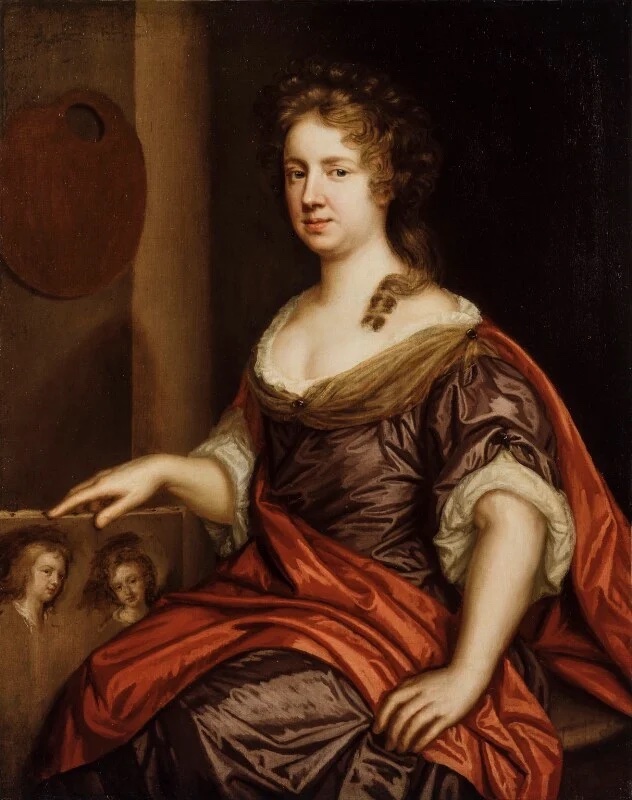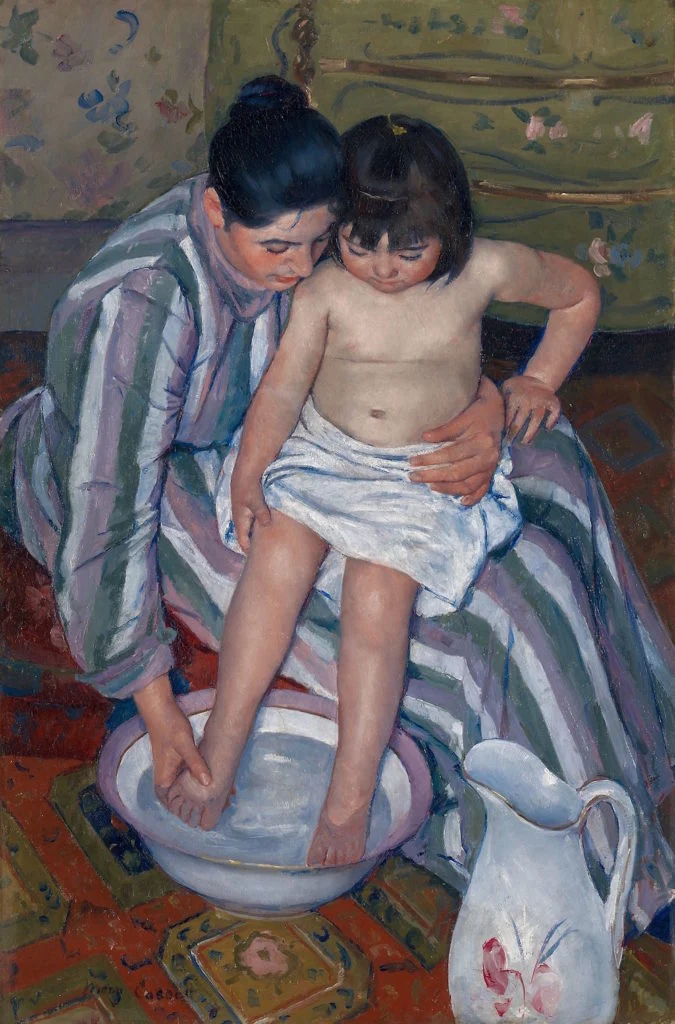
Self-Portrait of Mary Beale holding a sketch of her two sons, Charles and Bartholomew. Photos – courtesy of Rehs Galleries ©
Until 1974, American banks could deny women credit cards in their own names and often required a male cosigner. Some universities didn’t admit female undergraduates until the 1970s, with Columbia University holding out until 1981. It was also legal to fire a woman for being pregnant until 1978. Despite the reverence for motherhood, these barriers hindered women’s career aspirations.
Historically, some believed a woman’s job would harm her family or vice versa. However, balancing career and home life was common among women in the arts. Italian painter Artemisia Gentileschi and British portraitist Mary Beale are prime examples. Gentileschi raised children while maintaining her career, and Beale’s family actively supported her artistic endeavours.
Even among late 19th-century modernists, motherhood and career coexisted. Berthe Morisot and Marie Bracquemond balanced family life with their artistic careers. Morisot’s daughter often modelled for her, while Bracquemond’s son documented his parents’ artistic contributions.
Mary Cassatt, another prominent Impressionist, focused on her career and women’s rights, opting not to marry or have children. Yet, her work frequently depicted mothers and children, highlighting womanhood over motherhood.
Cassatt’s legacy underscores the strength and perseverance of mothers, showing that domestic life and career are not mutually exclusive. This balance, historically discouraged, has been and continues to be navigated successfully by many women.







